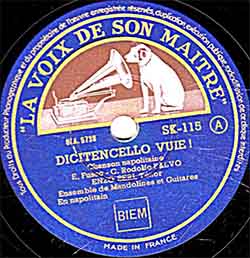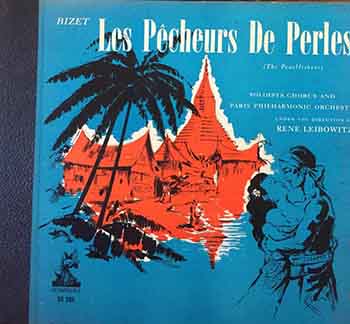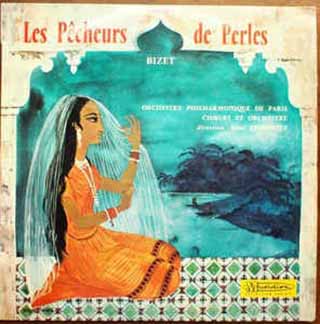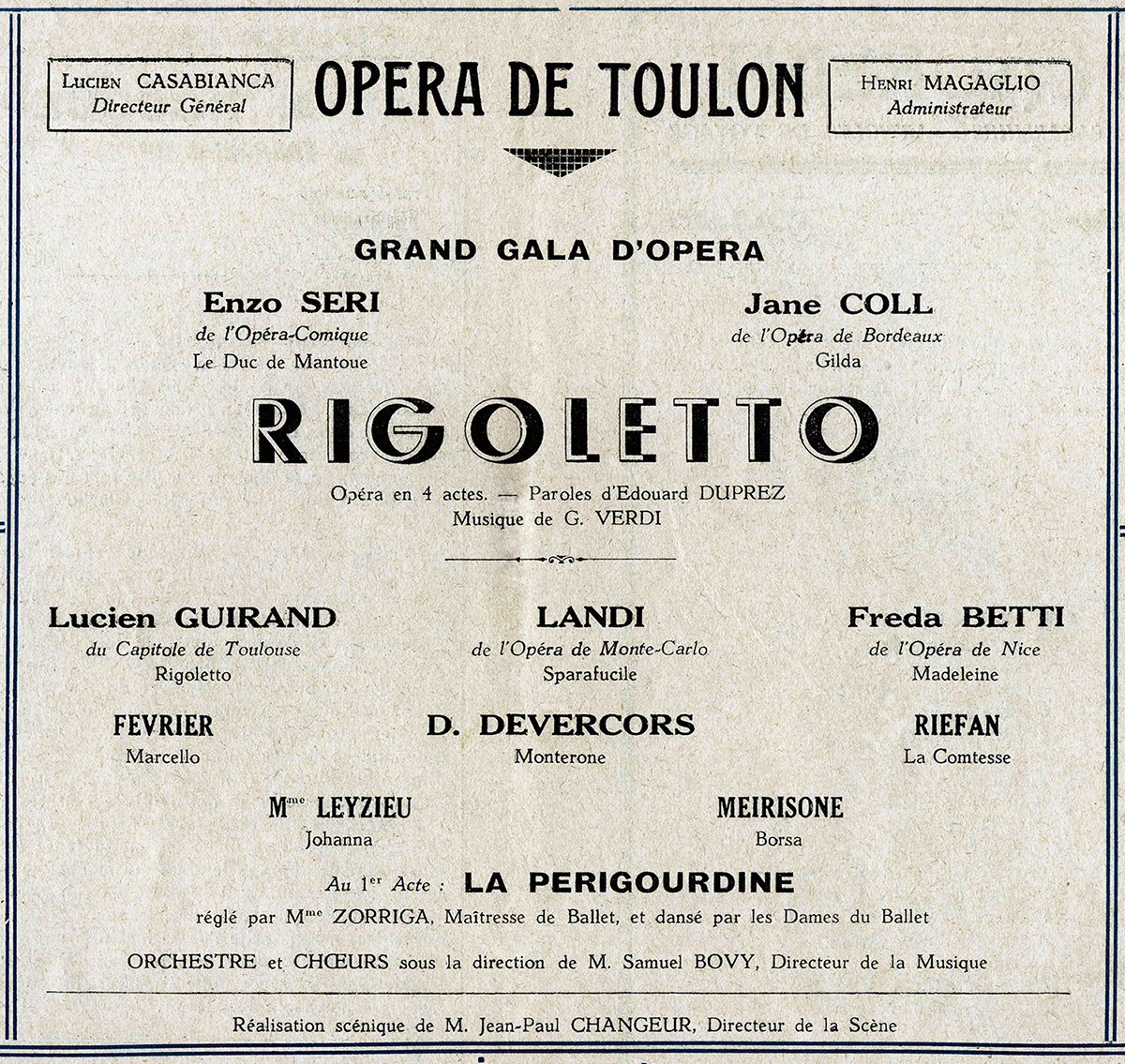Enzo Seri
A native of Tuscany, Seri came to France at an early age: his father, a well-known antifascist,
had to leave Italy and settled in southern France (I think in Nice) as a political refugee. Very young, Enzo Seri became a
painter and sculptor, and also studied voice, making his debut as Pinkerton in Monte Carlo, followed by engagements in Algiers
and Marseille.
However, being an outspoken antifascist like his father, he exercised prudence when the Nazis occupied the northern half of
France (and controlled also the southern half), and interrupted his career until he met pianist and voice teacher Tosca Marmor,
a member of the resistance movement – and enraptured by Seri's voice. She gave him singing lessons, she saved him from
being deported to Germany as a forced laborer by obtaining false papers testifying that he had been a resident of Monaco for
five years (tiny Monaco was kind of a safe haven for all kinds of Nazi victims and adversaries, but only people residing there
for minimum five years were exempt from the Nazi's and their French vassals' grasp), she accompanied his recitals, and she saved
him again when he was arrested by the (Nazi-controlled) French police on the occasion of a visit to his family in Nice. Seri
reciprocated when Marmor, being Jewish, was arrested by the Nazis and eventually deported to Auschwitz (she survived) – as
long as she was imprisoned in France, he stayed in touch with her on a daily basis, sent her food and money and so on, and
above all, looked after her host of resistance documents and made them evaporate before the authorities found them.
After the war, they revived their close association; Seri sang all over southern France, Marseille, Toulouse (where he was a
member of the troupe), Algiers (1948/49 season), Tunis, Béziers (Carmen, Werther), Nîmes, Nice, Montpellier, Bordeaux,
Monte Carlo, Geneva, Brussels, Liège, at the Aix-en-Provence festival (Così fan tutte)... and for the French radio
in Paris. However, he refused to make his debut at the Paris Opéra as Tamino,
saying he couldn't leave Nice for the time being since he was busy working on a huge and important sculpture – sculpting
and painting was still as important as singing for him, or perhaps even more important.
Reference: Tosca Marmor: Le piano rouge. Souvenirs, Paris 1990
|






